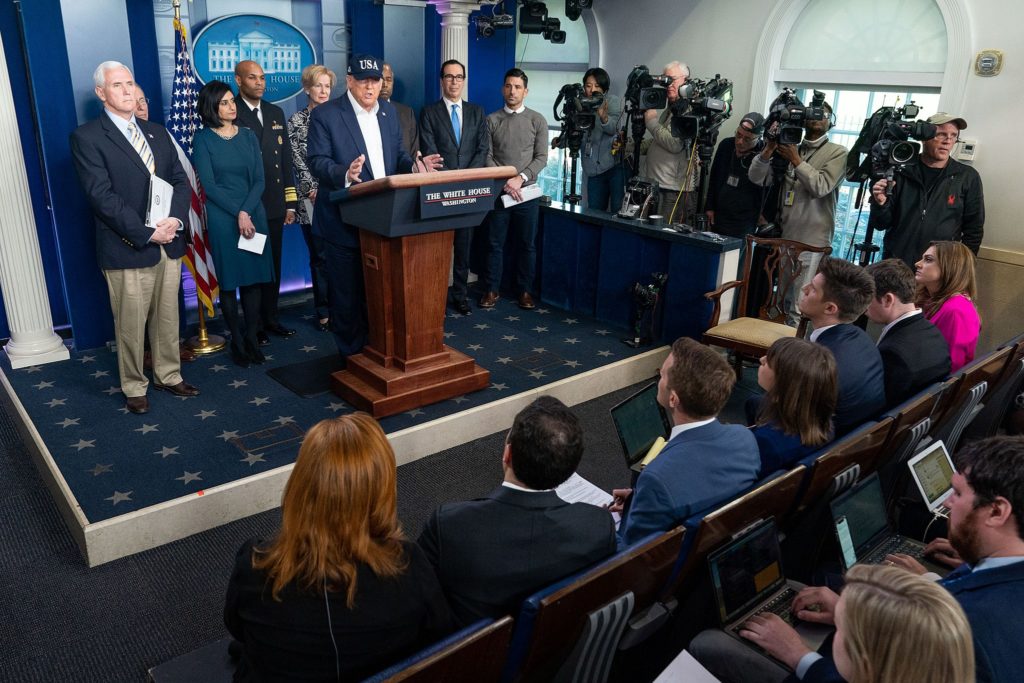Crisis Comms Lesson: Why I Quit Go Daddy
If you’re a regular reader of this blog, you know that I’ve written about Go Daddy CEO Bob Parsons a lot over the past couple of weeks. He’s been under fire for killing an elephant while on vacation in Zimbabwe, smiling in a photo over its dead body, and posting a “vacation” video of the kill online.
Upon seeing the video, thousands of people were outraged enough to immediately cancel their hosting accounts with GoDaddy.com. Although I was similarly upset by the video at the time, I decided to wait a week or two before making any decisions. I wanted to see how Mr. Parsons handled his corporate crisis before making any immediate moves.
Among other things, he handled his crisis by:
- Angrily blaming this crisis on PETA (I’ve never been a member of PETA, but was still offended)
- Stating he would continue hunting elephants
- Threatening websites with copyright infringement if they didn’t pull down a still photo of him posing with the elephant, despite the fact that he proudly released the photo in the first place. That threat is legally questionable, since “fair use” usually allows use of such a photo when paired with news or analysis.
Key point:
In crisis communications workshops, I almost always point out that the event that precipitates a crisis is not necessarily the biggest problem during a crisis – rather, it’s the response to that event. Mr. Parsons’ needlessly antagonistic response is a perfect example of that lesson.
In GoDaddy’s reputational crisis, there are three primary groups of customers:
- 1. People so outraged that they immediately canceled their accounts
- 2. People who didn’t like the video but were taking a “wait and see” approach
- 3. People who didn’t care
Mr. Parsons was going to lose the first group and keep the third group, but good crisis management would have given him the power to keep the people who, like me, were in group two. I suspect he lost a lot of us.
The biggest problem for Mr. Parsons is that he allowed this crisis to become a referendum on the very competence of his company. If the company can’t handle a crisis well, I can’t help question whether they can be trusted with my website and blog, two of my company’s most valuable assets.
In the end, I decided that they can’t.
Note: My refund from GoDaddy for the pre-paid portion of my account was $772. I can’t imagine that will hurt the company much. But that amount multiplied by thousands of accounts was surely a high price to pay for a lousy crisis response.
Related: April 2, 2011: Go Daddy CEO Steps In Elephant Dung
Related: April 3, 2011: Five Things I’d Tell Go Daddy’s CEO Right Now




I totally agree with you. Parsons’ first mistake was killing the elephant and releasing that video. His second and even bigger mistake was his response to the backlash from his video. He needs to admit it was a mistake and apologize for offending some people. He already realizes it was a mistake because he totally re-edited the video. He went after anyone who posted his original video and forced them to take it down.
Shame on Bob Parsons for killing the elephant. He’s also a poor business man. He let his ego get in the way of doing the right which would be to apologize. He kept defending his mistake and just attacking anyone who disagreed with him. He hasn’t removed his tweets about the video. At least in the last few days he’s managed to stay quiet.
Mary Cummins
Animal Advocates
http://www.AnimalAdvocates.us
I can’t say I’m shocked by any of this. I’ve always refused to use GoDaddy because of their sexist, sex-sells commercials. They’ve never held themselves to high standards when it comes to how the public views them. There are other companies like that, and we’re just seeing behind the curtain of this one. I’ll bet the picture isn’t pretty behind many of the other ones either.
I’m glad companies who don’t stoop to these lowest-common-denominator marketing levels are benefiting from this. I hope people consider the types of companies they’re supporting in other areas as well.
Is it easy to “switch” accounts to another provider? I’d like to. I have two website domain names (with email addresses I use) set up with them, and I don’t want to lose those names or the ability to use the email addresses.
Kathy,
I’m afraid I’m not qualified to answer that question – my web folks took care of the switch for me. I’d like to open that question up to readers of this blog who are more web-savvy than I am — can you help Kathy answer her question?
Thanks!
Brad
Kathy,
A Twitter follower sent me the following link, which explains how to switch away from GoDaddy. I hope it’s helpful: http://douchedaddy.com/.
Best wishes,
Brad
Kathy,
It can be daunting to transfer your domain name to another provider, preferably a registrar. But that’s why you contact the new registrar for help how to go about this. 😉
Good luck!
[…] KKR & Co., Silver Lake Partners and Technology Crossover Ventures for about $2.25 billion. Bob Parsons, one of the most vilified CEOs to date, will still continue to be the largest single shareholder. […]
To respond to Kathy:
I have just spent the entire last week in the shark-infested waters of GoDaddy, trying to extricate 4 domains that I had registered with them many years ago.
The transfer process was relatively straightforward for those domains that did not have private registration to veil the WHOIS listing. You can just go to the new registrar of your choice (I chose NameCheap) and, using GoDaddy’s horrible web Domain Manager interface, unlock the domain and request an authorization code (EPP key) so that the transfer can procede.
Here are the points of complexity and source of problems:
1- If you have private registration, but never received the initial Welcome to Domains by Proxy (DBP) email, or you received it but lost it, then it’s a much more complex process to quit GoDaddy. It can be done, but it’s like getting caught in a conundrum. That’s where I’ve been for the last week because I never received that email that contains the DBP account number that you need to disconnect the privacy feature. I have finally succeeded, but it has aged me significantly and has increase my cynicism in large measure.
2- If the email address GD has attached to your listing is obsolete and hasn’t been changed, even if you have the right account number, the information you request will be sent to the wrong email address.
3- If you don’t have the DBP account #, and you fill in DBP’s web forms to have the information sent to you, the information will be sent to DBP’s email address–which is the one in the WHOIS listing. Kind of circular, eh?
So there are many many hoops to jump through if you don’t have your information lined up just so. I don’t know how much of the awfulness of this process is due to the stupidity of management of GD and how much to unscrupulous business practices designed to ensnare the innocent, but I’m leaning heavily toward the latter.
What kind of a fool shoots an Elephant, a young Elephant at that, and then smiles in a pose next to it? And this guy thinks I would lend any credibility to something he writes about?
So let me ask you hero, did you at least take the meat? Do you feel like a real man now?
What a joke
Bod Parsons and Godaddy are the worst nightmare our company ever had, we have being trying to fix issues with emails from godaddy.com for weeks, our team has being talking to many techs to solve the issues, nobody helps and we have lost many $$$$ for not being able to receive clients emails… Now that I know that Bod Parsons is killing Elephants in Africa, we will remove our accounts (over 50 websites) from Godaddy immediately!